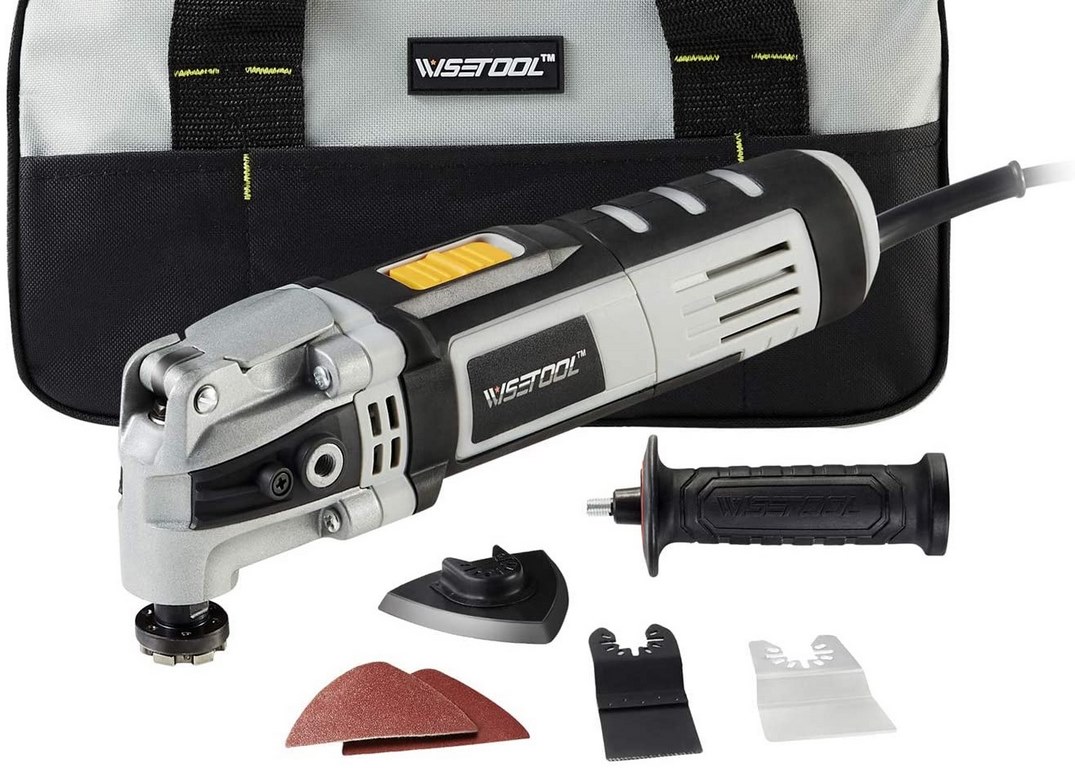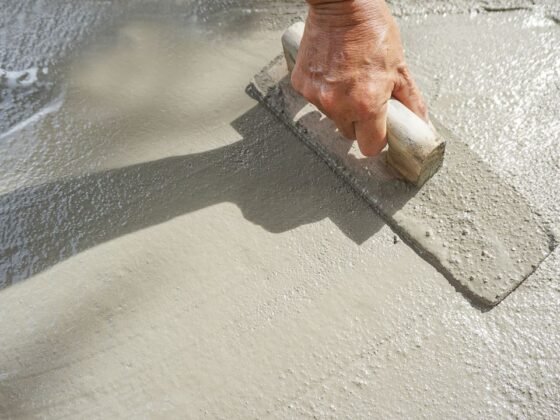Table of Contents Show
Few inventions have transformed the world of DIY quite as dramatically as the oscillating multi-tool. It’s a device that can be adapted to a whole range of tasks. Because it doesn’t rotate or reciprocate, there’s minimal risk of an injury occurring.
What’s more, the availability of lithium-ion batteries means that you can easily carry it from room to room with minimal hassle – and those batteries can often be used elsewhere. For example, Ryobi batteries can be fitted into multi-tools, grinders, drills, and a host of other tools.
So, what DIY jobs might you use a multi-tool for?

Trimming Screws, Nails and Pipes
If you’ve finished a DIY project, there’s nothing quite so distracting as extra nails and pipes that are poking out where they ideally shouldn’t.
This not only looks ugly, but it can be distracting, too. These things tend to be packed into tight spaces. After all, nails and pipes employed to join different structures together. This makes them hard to address with a handsaw.
But a multi-tool is compact and can be easily bent into awkward spaces. Thus, a stressful, time-consuming job is done in seconds!
Removing Grout
Freshening up a bathroom or kitchen area might mean dispensing with the old grout. A multi-tool allows this to be done easily, and without disturbing the surrounding tiles – though if you have the right attachment, you can also cut into the tiles themselves.
Sanding Wood
While it isn’t quite big enough to take the place of a dedicated sander, a multi-tool can be used to prep any wooden structure before it’s repainted. It’s especially adept at tackling those blemishes that might stand apart from the rest of the surface.
Moreover, many of the wooden objects you’ll be sanding come with narrow edges and other hard-to-reach places.
A multi-tool makes quick work of them. If you’re restoring an old piece of metalwork, then among your first jobs will be to get rid of the layer of rust.
This can be done with the same sanding procedure – though you’ll need to track down a suitable attachment.
Modifying Cabinets
If you want to thread wires through an office, or pipework through a new bathroom or kitchen, then you’ll want to be able to create neat, clean holes in the interior of your furniture, and you’ll be able to do it in a matter of moments.
The cuts made using a multi-tool can be placed exactly flush with the bottom of a cabinet interior – which makes them ideally suited to this task.
Slicing Through Plasterboard
If you’re installing a new plug socket or ethernet outlet, you’ll want to be able to slice through the wall.
Cutting a neat square of this sort is virtually impossible with traditional tools unless you’re happy to resort to an incredibly time-consuming workaround. But with an oscillating multi-tool, it’s easy and takes mere seconds.
For much the same reason, a tool of this sort makes it easy to cut through individual floorboards and thereby accessing the space beneath. Small wonder that it’s an indispensable part of every electrician’s arsenal!









